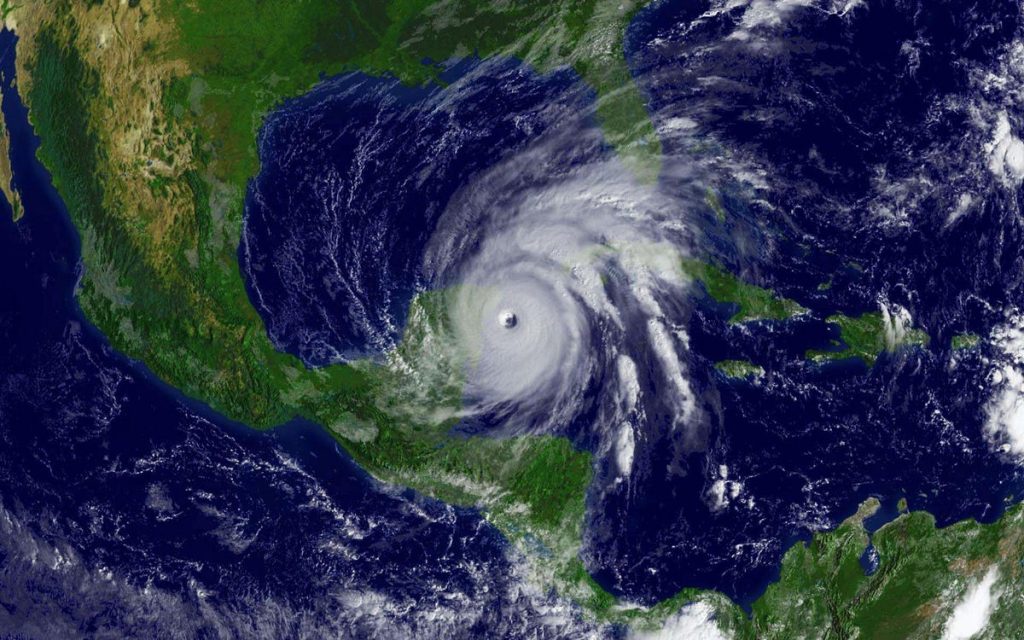In this satellite image from NOAA, the Category 4 Hurricane Wilma lashes the Yucatan penisula … [+]
Getty Images
New research lead by the University of Waterloo shows changes in sea levels and hurricane activity played a part in upending the Maya civilization centuries ago, offering a lesson on the effects of present-day climate change, researchers say.
The northern region of Yucatán is a seasonal desert, with a pronounced dry season. The heavy summer rains tend to dissolve the local limestone bedrock, forming karst caves and underground rivers, but leaving little opportunity for water to flow over land. Sinkholes, formed by the partial collapse of the underground caves, were the only natural source of freshwater for the Maya. Over time the larger sinkholes, also known as cenotes, became important sacred places, where precious objects and humans were sacrificed to the gods.
Today divers come from around the world to explore the…
